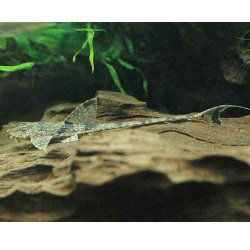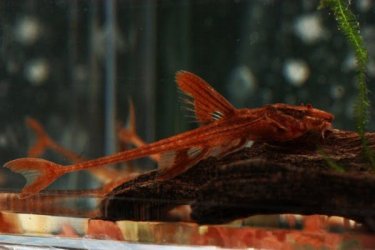Hi everyone, I have a 45 gallon aquarium that is finally finished with its fishless cycle. I plan on introducing maybe 4-6 fish this evening and see how they do. My question is, would it be a bad idea to add some live plants? I've read that plants do help keep the nitrates in check and the water 'healthier' I do know I'll still have to do weekly water changes but they should in theory slow down how quickly the nitrates multiply. Right now, I'm just using gravel for substrate and would probably have to get some plant food/fertilizer.
Would this possibly disturb the bacteria that I waited for so long to establish? My fear is that although the fishless cycling is complete, the bacteria colonies may be 'weak' and easily thrown out of balance.
Would this possibly disturb the bacteria that I waited for so long to establish? My fear is that although the fishless cycling is complete, the bacteria colonies may be 'weak' and easily thrown out of balance.
Last edited:




